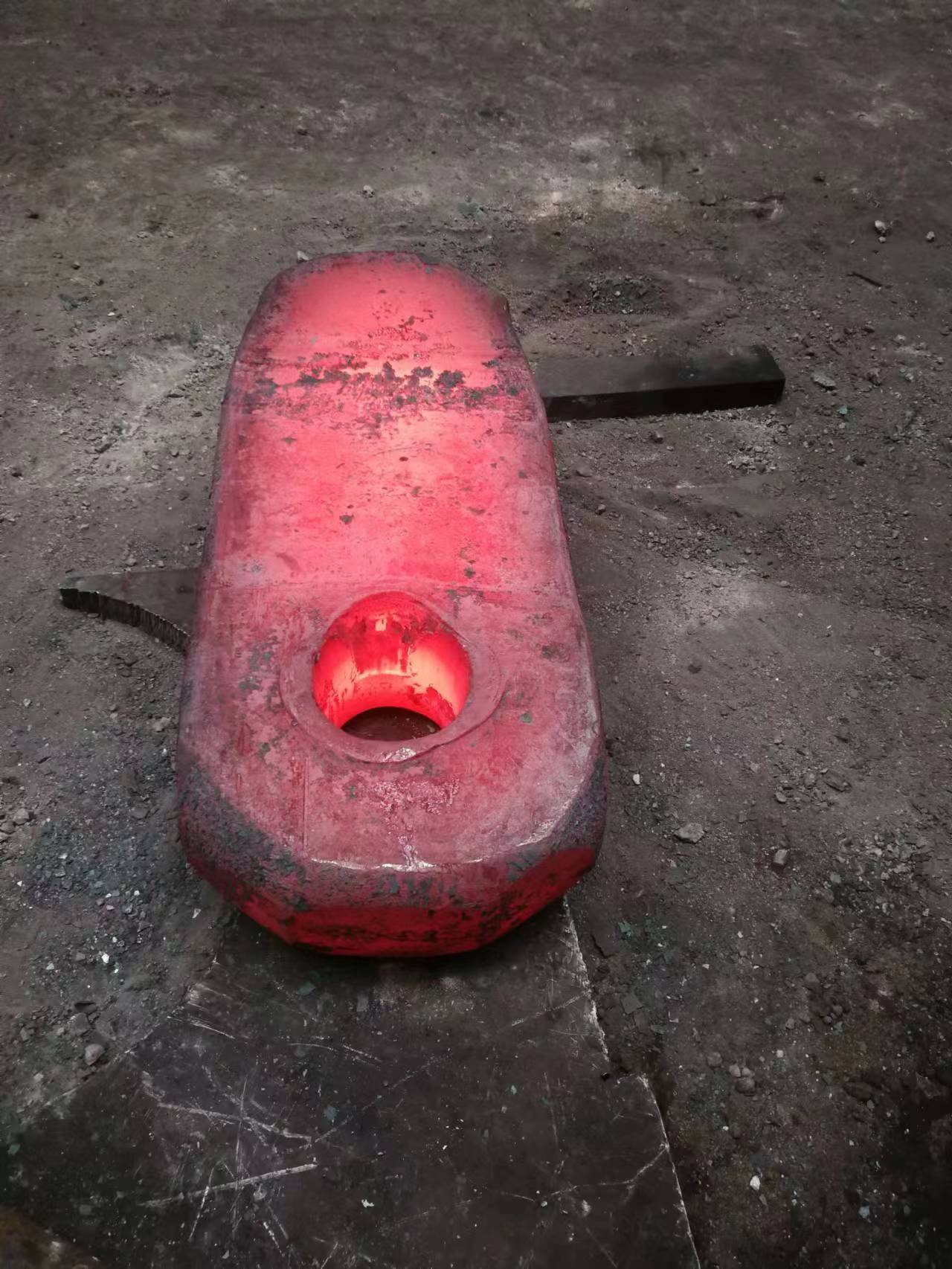What are the uses of forgings?
2024-01-09
Forging refers to the workpiece or blank obtained by forging deformation of metal blanks. The mechanical properties of metal billets can be changed by applying pressure to make them shape and deform. According to the temperature of the blank during processing, forging can be divided into cold forging and hot forging. Cold forging is generally processed at room temperature, and hot forging is processed at a higher recrystallization temperature than the metal blank.
General industrial forgings refer to civil industries such as machine tool manufacturing, agricultural machinery, agricultural tools manufacturing and bearing industry. Forgings for hydrogenerators, such as mainshaft and intermediate shaft, etc.
Forgings for thermal power stations, such as rotors, impellers, ring spindles, etc. Metallurgical machinery, such as cold rolls, hot rolls and herringbone gear shafts, etc.
Forgings for pressure vessels, such as cylinders, kettle flanges and seals. Marine forgings, such as crankshaft, stern shaft, rudder rod, thrust shaft and intermediate shaft, etc.
Forging machinery and equipment, such as hammer head, hammer rod, hydraulic press column, cylinder block, axle press machine pillar and cylinder block, etc. Module forging, mainly hot die forging hammer forging die.
Forgings for the automotive industry, such as left and right steering knuckles, front beams, couplings, etc., according to statistics in automobiles, forgings account for 80% of their mass. Locomotive forgings, such as axles, wheels, plate springs, locomotive crankshafts, etc., according to statistics, in the locomotive forging parts account for 60% of its mass. The weight range of forgings is large. Forgings range from a few grams to hundreds of tons.
Forgings are of higher quality than castings. The mechanical properties of forgings are better than castings, and they can withstand large impact forces and other heavy loads, so all important parts with large forces are forgings.
For high-carbide steel, forging is of better quality than rolling. For example, high-speed steel rolling can only meet the use requirements after changing the forging. In particular, high-speed steel milling cutters must be altered.
The forging is light in weight. Under the premise of ensuring the design strength, the weight of the forgings is lighter than that of the castings, which reduces the weight of the machine itself, which is of great significance for vehicles, aircraft, vehicles and aerospace instruments.
Forgings save raw materials. For example, the static weight of 17kg crankshaft used in automobiles, when rolling cutting forging, the chip accounts for 189% of the weight of the crankshaft, and when using die forging, the chip accounts for only 30%, and the machining time is shortened by 1/6.
Precision forging forgings can not only save more raw materials, but also save more machining hours.
High forging productivity. For example, the use of two hot die forging presses for die forging radial thrust bearings can replace 30 automatic cutting machines. 17.5 times the productivity of a six-axis automatic lathe when producing M24 nuts with an upforging automaton.
this is precision forging produced by tongxin precision forging company




